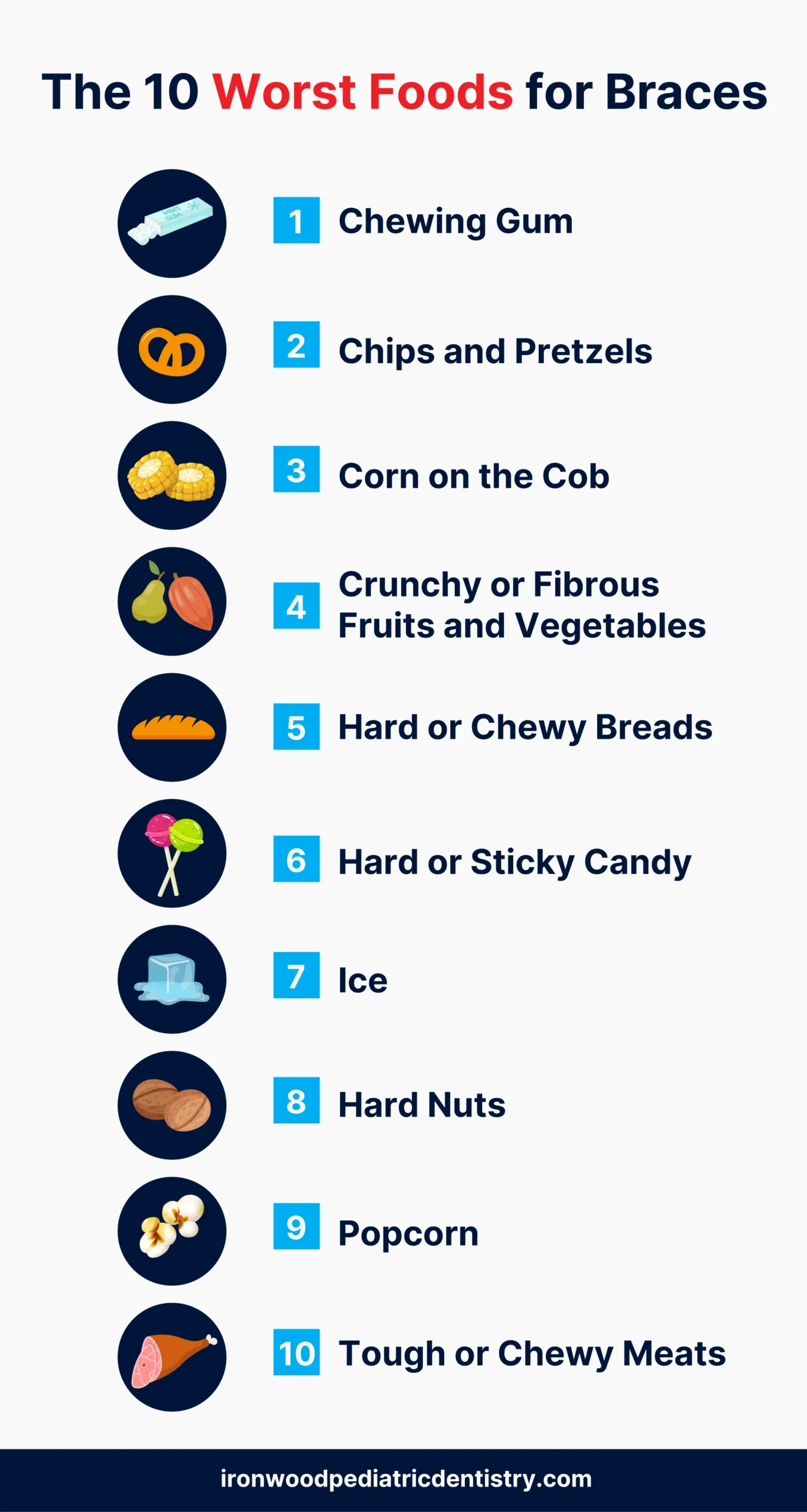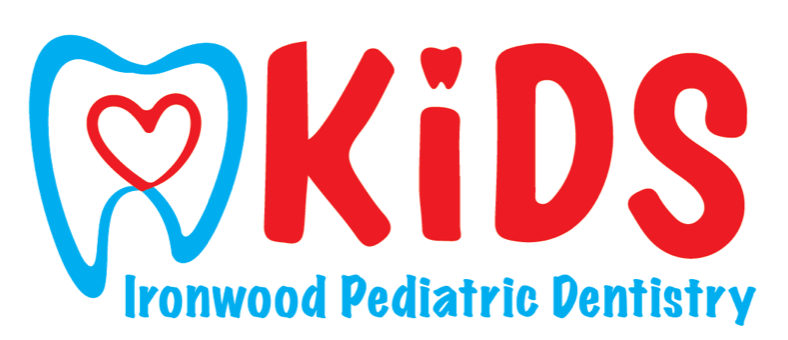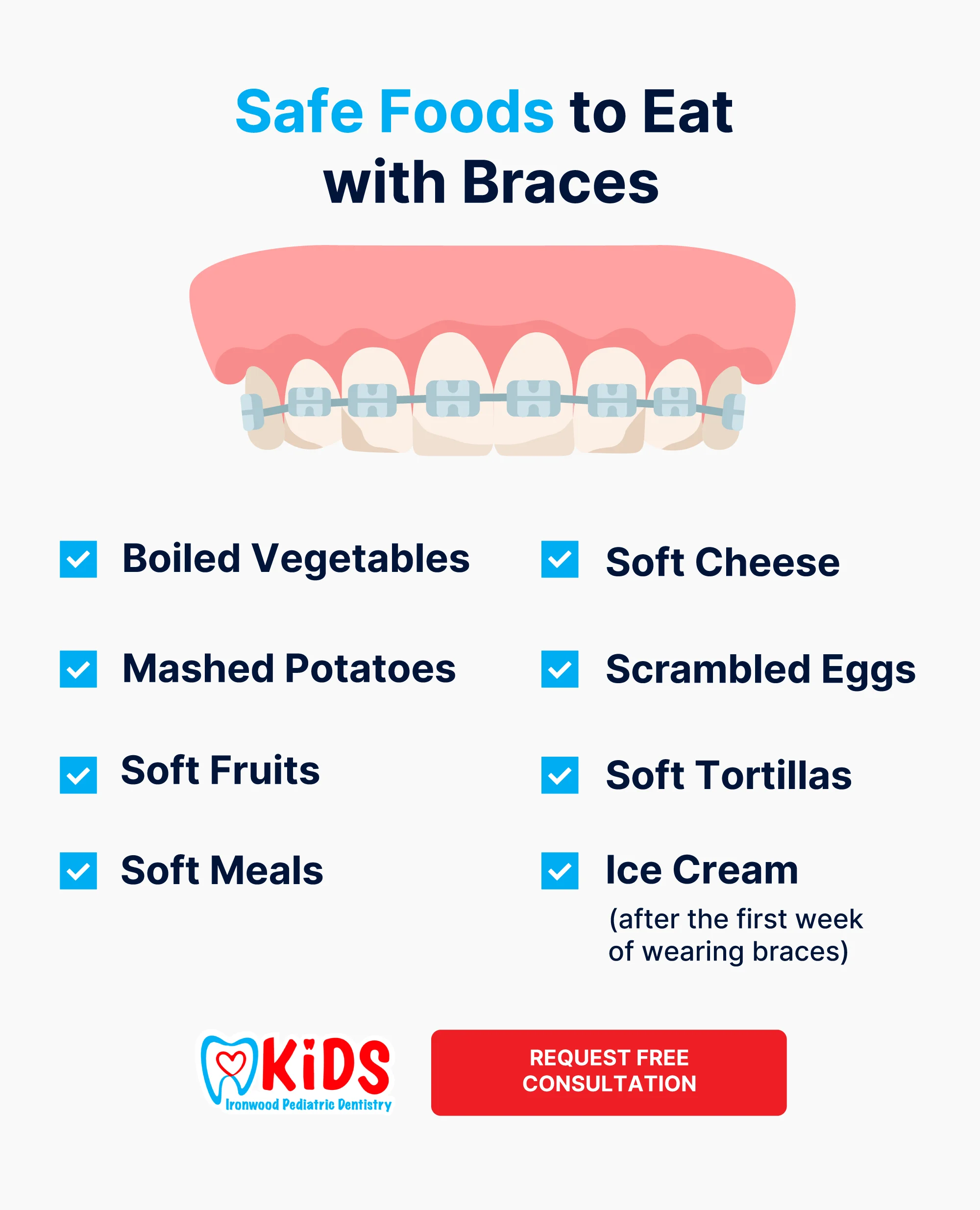Braces are a considerable investment in your child’s future in more ways than one.
The main investment you are making with braces is health-related. Having properly aligned and spaced teeth helps with proper chewing and digestion. Braces can also help head off potential dental problems later in life, like tooth decay, gum disease, impacted teeth, and tooth loss.
Another investment you make with braces is in your child’s self-confidence and self-esteem. Successful orthodontic treatment can make the difference between having the confidence that goes with straight teeth and a beautiful smile versus feelings of shyness, social awkwardness, and embarrassment that can come with having a crooked smile or even speech impediment issues that can come from having misaligned teeth.
And of course, there is the financial investment you make in braces, too. Although we work with parents of our orthodontic patients to make braces or aligners as affordable as possible, they are still a significant outlay of money that you want to protect from unnecessary damage.
With these considerations in mind, then, let’s take a look at some of the foods that can jeopardize your investment in braces for your child. If you have any questions afterward, call us at Ironwood Dental, (480) 422-4544, or contact us online, and we will answer them for you.
Why Are Some Foods Bad for Braces?
Your child’s braces may seem tough on first inspection. They are often made of metal alloys that can include nickel, chromium, cobalt, or titanium, and are reinforced by metal wires and rubber bands. But looks can be deceiving, and braces are not necessarily as durable as you might think.
Another problem that some foods pose to braces is that they can become so firmly lodged in between teeth and among the bands, brackets, and wires that even vigorous tooth brushing cannot clean them away completely. This can lead to accelerated tooth decay and contribute to the formation of plaque and later tartar that cause gum diseases like gingivitis and periodontal disease.
The most serious problem children who wear braces can encounter is when certain foods put leverage or pressure on the braces brackets, bands, or arch wires sufficient enough to cause breakage. Sometimes this can lead to pain and discomfort, such as when a wire breaks and begins poking into the inner cheek. Other times, a broken bracket or band can pose a more significant threat, especially if it loosens to the point where it can pose a choking hazard.
When braces fail because of damage, then it will not only be necessary for your pediatric orthodontist to make repairs. The possibility also exists that the duration of braces wearing will be lengthened.
The Top Ten Worst Foods for Braces
There are several food items to avoid with braces, but some are worse than others. Here in alphabetical order are the ten foods to avoid that our Scottsdale orthodontists have seen cause the most trouble for our child patients.
Chewing Gum
Ordinary chewing gum and bubble gum put stress on your braces, especially the arch wires. Also, gum can get stuck in between the brackets and wires, making it harder to keep them clean. Some kinds of sugar-free gum and other gum made specially for use with dental work can reduce this risk.
Chips and Pretzels
Hard chips, hard taco shells, and hard pretzels tend to break apart into small pieces when chewed. These bits of hard food can put enough force on wires and brackets to cause breakage or loosen the bond between bands, brackets, and teeth.
Corn on the Cob
Although cooked corn is not bad for braces, corn on the cob is one of the worst foods for braces because it puts particularly great pressure on the wires and brackets on the front teeth.
Crunchy or Fibrous Fruits and Vegetables
Hard fruits and crunchy vegetables, like raw carrots and celery or whole apples and pears, also put pressure on braces hardware that can cause breakage or loosening.
Hard or Chewy Breads
Hard bread items like bagels, hard rolls, French or Italian bread, croutons, and pizza crusts that are tough and chewy not only easily get caught in the braces hardware, they can also have a pulling effect on wires and brackets that can lead them to break or come loose.
Hard Candy or Sticky Candy
Hard and sticky candy items, like lemon drops or caramels, present the worst of both worlds for braces: their hardness can put leveraging stress on wires and brackets which can cause them to break, and they can also get stuck in the braces like hard or chewy breads, creating a pulling effect on the bands and brackets that can cause them to break away from the teeth.
Ice
Chewing on ice is little different for braces integrity than chewing on rocks. Ice-related damage to braces is a common cause of additional visits to the orthodontist.
Hard Nuts
Nuts share characteristics in common with hard chips: when chewed, they break down into tiny hard bits that lodge among the wires and brackets, making it harder to keep them clean and putting stress on the arch wires that can cause a breakage. Crunchy peanut butter also qualifies in this category.
Popcorn
The difference between popcorn and cooked corn is that popcorn husks easily lodge among braces hardware, and unpopped popcorn kernels can have the same breakage force as chewing on ice.
Tough or Chewy Meats
Two kinds of meats pose possible trouble for braces wearers. One is meat on the bone, like chicken or turkey. The other is tough meat jerky. Using the front teeth to remove meat from bone poses the same risk as chewing corn on the cob, while chewing on jerky puts force on wires and brackets in the same way that chewing on sticky candies or hard breads.

Ways to Reduce Food Risk to Braces
Eating more soft food, and abstaining from eating high-risk items like sticky foods, chewy foods, and crunchy foods, is the best way to lower the risk of braces damage. The following foods are good for wearing braces:
- Boiled vegetables
- Mashed potatoes
- Soft fruits
- Soft meats
- Soft tortillas
- Scrambled eggs
- Soft cheese
- Ice cream (after the first week of wearing braces)
If your child must eat a high-risk food item there are a few techniques you can use to make them safer. For example, to eat corn or meat on the bone, first use a knife and fork to remove the corn from the cob or meat from the bone.
Cut pieces of chewy or hard foods into bite sized pieces first.
Other tactics your child can use are to take small bites, to chew as much as possible with the back teeth instead of the front teeth, and to avoid biting off food with the incisors but instead to use more of a side bite that relies on the cuspid teeth.
Thorough tooth brushing and flossing at least twice daily, preferable after meals, are also effective in lowering the risk of food debris working into your child’s braces, as are regular dental checkups and cleanings.
Finally, for some children, wearing braces may not be needed if their tooth alignment problems are relatively minor. In these cases, a clear plastic aligner, like Invisalign aligners, can be an effective alternative. This is because unlike traditional braces, Invisalign aligners are removable and re-insertable by hand, so they can be off when eating.
Aligners require maintenance of their own, including keeping them clean before putting them back into the mouth and being careful avoid eating foods or drinks like dark-colored fruit juice or berries that can cause stains. But compared to the risk of broken braces and the burden of repairing them, if your child can use them then clear aligners can be an appealing alternative to braces.
Learn More About How to Care For Your Braces
At Ironwood Dental our pediatric dentists and orthodontists offer the full range of tooth alignment services, including traditional metal braces, ceramic braces, and Invisalign aligners. We can help you to make the best choice for your child’s oral health needs, and we are your ally when it comes to getting braces and maintaining them.
Together, we will work with you and your child to minimize the chance of broken braces interfering with your unique orthodontic treatment plan, avoiding unnecessary repair appointments and keeping your dental treatment plan on schedule.
We offer child dental services in Scottsdale through all stages of your child’s growth, all the way to adulthood. We can also help you with practical advice on how to encourage good oral hygiene habits for your children, and answer any questions you have about their dental health.
To answer some of the most common questions our patients and their parents have, we invite you to check our frequently asked questions page.
To set up an appointment with one of our pediatric dentists or orthodontists, call us in Scottsdale at (480) 422-4544. Or, if you prefer to contact us online to ask a question or to schedule an appointment, you can reach us here.


